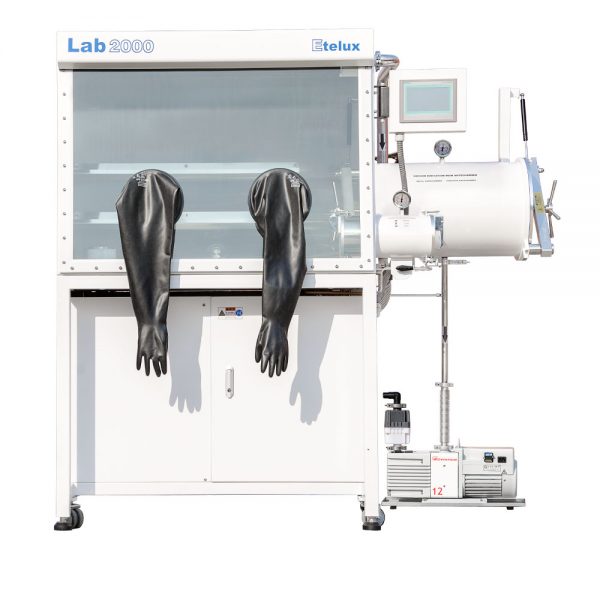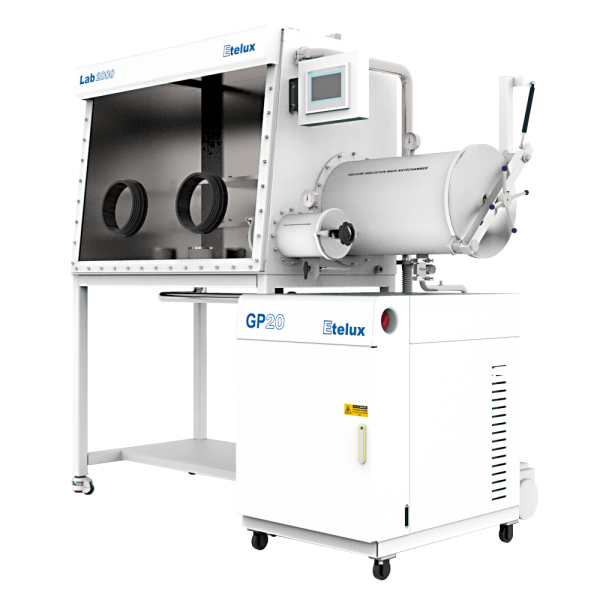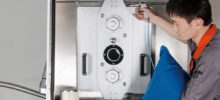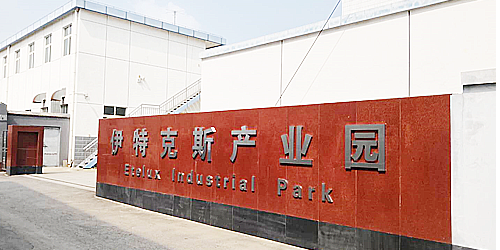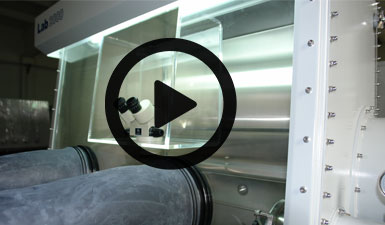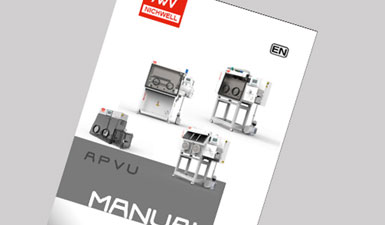The size of the glove box can be customized according to different needs and application scenarios, and its size range spans a wide range.
A common small glove box
Small gloveboxes in laboratories are usually designed to be compact to meet the needs of general research experiments and small sample handling.
The length is generally between 50 cm and 150 cm.
Width is usually in the range of 40 cm to 80 cm.
In terms of height, small gloveboxes are typically in the range of 50 cm to 100 cm.
Medium-sized glove boxes
Medium-sized glove boxes are more widely used in industrial production and medium-sized research projects.
Length is usually between 150 cm and 300 cm. For example, in the production line of some medium-sized electronics manufacturing enterprises, the length of the glove box used for the assembly and testing of electronic products may be about 200 centimeters. This length allows multiple operators to work in it at the same time, and can hold some of the larger production equipment and tools, such as circuit board testing equipment, soldering equipment, etc.
The width is typically between 80 cm and 150 cm. In some materials development laboratories, medium-sized gloveboxes may be designed with a width of 120 cm or so to accommodate larger material samples and experimental devices. For example, in the preparation of new composite materials, a wider glovebox can accommodate the larger operating space needed for mixing, molding, and processing of materials.
In terms of height, medium-sized gloveboxes typically range from 100 cm to 180 cm. This height can be adapted to experimental and production tasks that require a certain amount of vertical maneuvering space. For example, in some three-dimensional structure of the product assembly or the operation of the higher experimental device, the higher glove box can provide enough space, so that the operator can work comfortably.
Third, large glove box
In some large-scale scientific research projects and industrial production, the need to use large glove box to meet the special needs of the operation.
Length can reach more than 300 cm, and can even be customized according to the need to several meters in length. For example, in large aerospace material development projects, gloveboxes for the preparation and testing of large composite components can be 5 meters long or even longer. Such lengths can accommodate large molds and materials, facilitating molding and machining operations for large components.
The widths are usually over 150 cm and in some cases can be around 300 cm. In some large nuclear industry applications, large gloveboxes need to be wide enough to accommodate complex nuclear fuel handling equipment and operator space. In nuclear fuel reprocessing, for example, glovebox widths may be in the order of 200 centimeters to allow for the installation and operation of a variety of large mechanical equipment and piping systems.
The height is typically 180 cm or more, with some large gloveboxes exceeding 300 cm in height. For example, gloveboxes used for the assembly and testing of deep-sea probes in large deep-sea exploration equipment development programs may be 250 cm in height. This height can accommodate large detector components and test equipment that simulate the deep ocean environment, making it easier for operators to perform complex assembly and testing tasks.
The construction and design of larger gloveboxes is also more complex and requires more considerations.
Larger gloveboxes often require more powerful gas purification systems and environmental control equipment to ensure the stability and safety of the internal environment. For example, more powerful vacuum pumps are needed to maintain a low-oxygen and low-moisture environment, as well as more efficient filters to remove airborne contaminants.
The support structure and sealing properties of large gloveboxes also need to be specially designed to withstand greater weight and internal pressure. For example, the use of high-strength metal frames and special sealing materials to ensure that the glove box in the long-term use of the process will not be deformed and leakage and other problems.
In some special application scenarios, large glove box may also need to be integrated with other large equipment and systems and work together. For example, in the nuclear power plant’s nuclear waste disposal process, the glove box needs to be seamlessly connected and coordinated with the radioactive material transportation system, waste treatment equipment, etc., in order to realize a safe and efficient nuclear waste disposal process.

